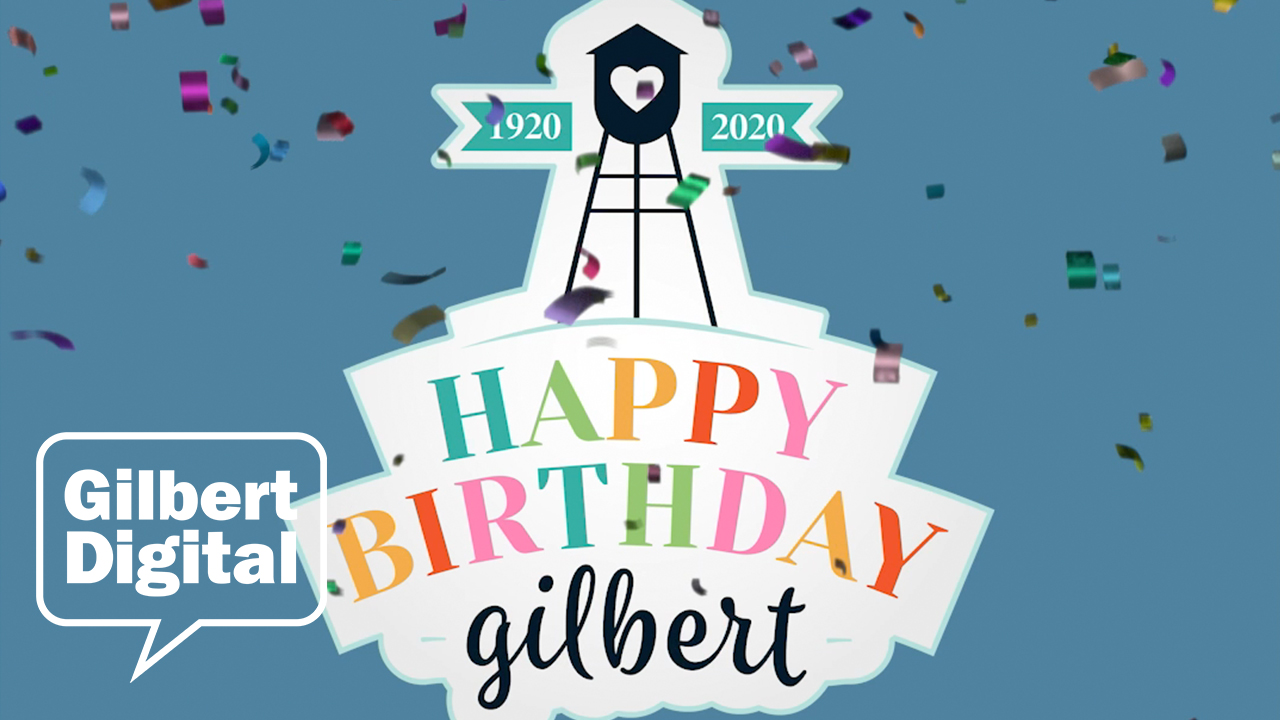
In this series, guest columnists choose to reflect on one of three prompts provided by ELGL Co-Founder Kent Wyatt. This week, Elad Erdan & Lily Pillsbury, Colu, highlight local governments that are creating impactful social media.
Sign up to be the next guest columnist for the ‘I Have to Ask’ column.
Over 7 million impressions and 336,000 engagements on social media in only one month – that sounds like remarkable data for a digital campaign of a brand in a mid-size US company. Surprisingly, these amazing numbers do not come from a company at all, rather the social media accounts of Gilbert, AZ – a mid-size municipality with 260,000 residents.
As COVID-19 prompts shut-downs and stay-at-home orders, engaging with community members is more difficult, yet also more important, than ever before. Another positive impact of the use of social media by local governments is the use of platforms to host Town Hall meetings and initiate discussion forums to engage with communities and get important feedback from residents.
Using live streaming, polls, forums, and other mediums on social media to create a dialogue between community members and municipal officials is the best way to grow cities and help increase civic engagement. As Gilbert’s Chief Digital Officer, Dana Berchman states: “Go where your residents are, be there when they need you most and deliver information to them in the way they want to receive it.”
Social media has become an essential tool for almost every business, politician, and city. According to CivicLive, more than 67% of Americans use social media as their main news source. Knowing this, local governments should leverage their social media as a method to engage with residents. Social media was not seen as a necessity in the past; we are now in a time due to the increase of social media users and platforms where it has become a vital tool that can help local cities grow, and help local governments connect better with their community.
An example of how successful social media can be in cities can be seen in Roanoke, Virginia. Run by the Department of Communications, Roanoke planned to use their social media pages to get important weather-related information out to residents of the town as well as to provide a platform for residents to ask questions to local government officials. With approximately 400,000 people interacting on their Facebook page, they realized quickly that social media was no longer a side project and could easily become a vital platform to reach their community members.
Social media can be an essential platform for local governments, and it can be utilized in a way that will increase and build community engagement rather than further separate community members from their municipal leaders. Building awareness is one of the most important uses of social media for local governments as it makes it easier to interact with residents anywhere and anytime. If strategized successfully, platforms such as Instagram, Facebook, Twitter, and even TikTok can be used to communicate quickly and effectively with members of the community. Utilizing these platforms to hear from your community members and listen to their needs can help community growth and civic engagement. Additionally, social media is a fast and effective way to send out important information about breaking events and news.
Another example that shows how municipalities are willing to take a bold approach on social media to reach more residents is in Minneapolis, MN,where the digital communications coordinator Jordan Gilgenbach has utilized TikTok to connect with the younger residents of the community. With the recent COVID-19 pandemic, Gilgenbach has used TikTok as a way to communicate the danger of the virus as well as other news happening around the city. Gilgenbach states that connecting with the younger generation can be difficult, and “if we can reach them on a platform they’re on, in a way that feels not forced to them, that’s key.”
When using social media as a platform to reach community members, understanding the platforms that are applicable to your city and determining your target audience is critical before jumping onto Twitter or Instagram with no strategy in mind. For example, Twitter and Linkedin could be best to reach government officials and possible partnerships, whereas Instagram could be better to reach younger audiences and the community members themselves. Whichever platform is used, understanding the context and audience of that specific platform is critical to a successful social media presence.
Before having successful social media platforms, understanding and listening to community members is the best way to increase civic engagement and economic growth as a city. Understanding how to use social media platforms and defining the audience are critical steps to ensure that local governments can get the most out of whichever platform is utilized in the community.
Local governments have a significant impact on the lives and success of residents – oftentimes more so than the state or federal government. In a time when many people are distracted by social media, utilizing these high usage rates in order to grow civic engagement and enhance the connection between local government officials and residents can be both critical and beneficial to cities. Fostering a sense of community in cities means encouraging and supporting residents – utilizing social media can be an efficient and effective way to make this a reality.
Supplemental Reading
Podcast: Government Communications for Super Bowl Sunday in Minneapolis, MN
Podcast: A Bottomless Pit of Ideas – LocalGov Podcasting
